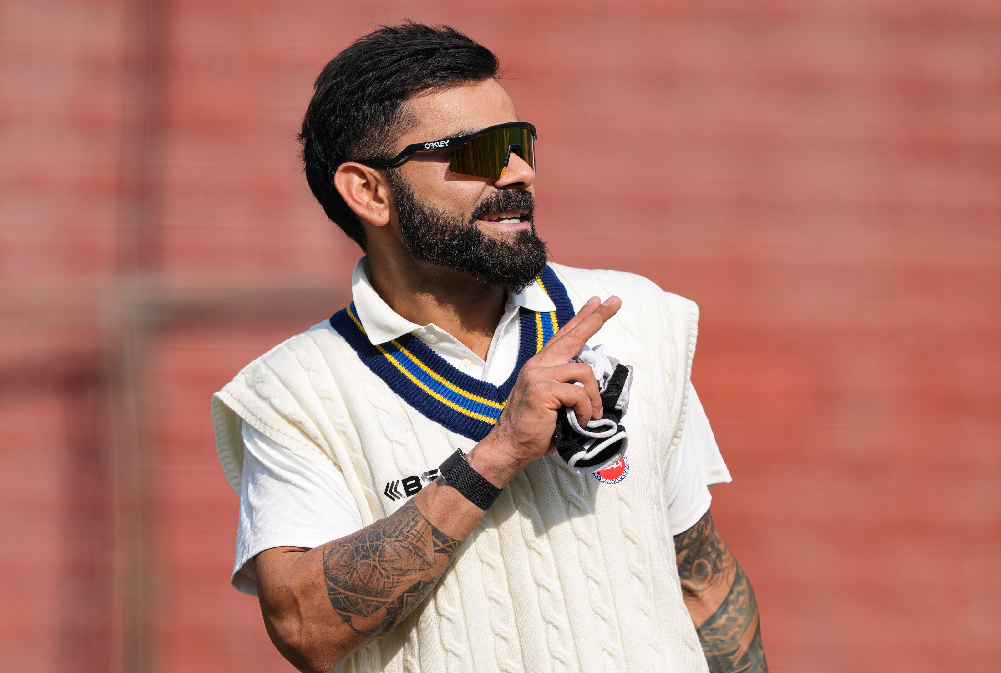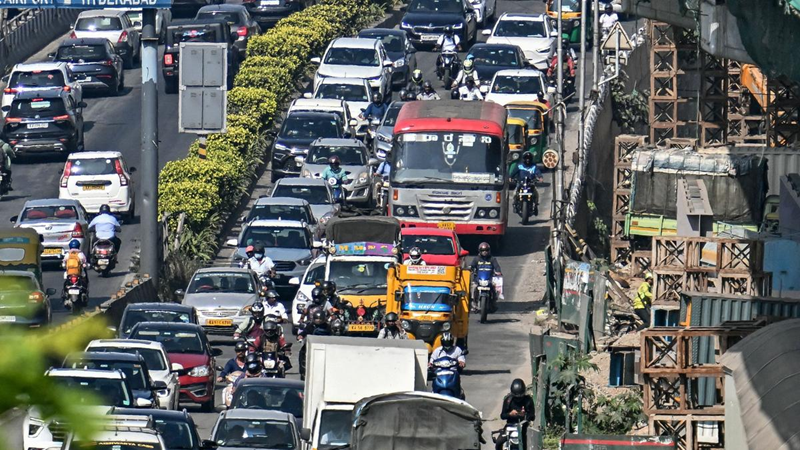
Opposition unity: Right time to overcome hurdles
The Opposition unity against the Bharatiya Janata Party at the national level still appears to be a distant dream, notwithstanding the resounding rebuff the party has received in Karnataka Assembly elections at the hands of the Indian National Congress (INC). Though several leaders of the parties opposed to the BJP shared the stage at the swearing-in ceremony of Mr Siddramaiah as the 34th chief minister of the state, the line-up left out several leaders who matter in crystalizing the grand assemblage capable of convincing the electorate of some formidable movement toward a viable alternative.
Presence of Bihar CM Nitish Kumar and his deputy Tejashvi Yadav; Tamil Nadu CM M. K. Stalin; their counterparts from Jharkhand, Rajasthan, Chhattisgarh and Himachal Pradesh i.e., Hemant Soren, Ashok Gehlot, Bhupesh Baghel and Sukhvinder Singh respectively did inspire confidence. So also did the presence of Sharad Pawar from Maharashtra; Farooq Abdullah, Mehbooba Mufti from Jammu and Kashmir; and Sitaram Yechury of the Communist Party (Marxist).
But the list of notable ones who were not invited included Delhi CM Arvind Kejriwal, Punjab CM Bhagwant Singh Mann and Kerala CM Pinrayi Vijayan. West Bengal CM and Trinamool Congress leader Mamata Banerjee was invited but chose to depute a representative. The compulsion in not inviting Pinarayi Vijayan is understandable, given that the Congress is the principal opposition party in Kerala and the two parties would be inevitably locking horns in the Lok Sabha. Yechury however filled up the void on behalf of the Left. Telangana CM K. Chandrashekar Rao too was not invited as he is not favourably disposed towards INC being the central pole of the opposition unity. Absence of SP leader Akhilesh Yadav did not go unnoticed, although the BSP supremo Mayawati’s absence was not worrisome to the same degree, going by her diminished stature and compromising stances towards the BJP.
This being the current status of equations between the major opposition parties, it is manifest that not all political groups opposed to the BJP, are on the same page when it comes to aligning or allying with the Indian National Congress to take on the BJP in the 2024 Lok Sabha elections.
Even though the ranks of the ruling National Democratic Alliance (NDA) have suffered chipping after its mammoth victory in 2019—what with three major components viz, Janata Dal (United), the Shiromani Akali Dal (SAD) and the Shiv Sena having walked out of it—the very fact that the BJP alone secured 305 seats in 2019 should be a dampener for those who envisage unity among the major opposition parties. But all is not lost yet.
Mamata is not altogether averse to aligning with the Congress. It might spare a few seats in Bengal for it if it does not insist on taking the Left on its side.
NDA’s tally in Bihar and Maharashtra is, for sure, likely to dwindle considerably. Telugu Desam and YSRCP in Andhra Pradesh occupy the grey zone and their equations with the BJP would determine which side they would tilt.
This being the pan-India picture, contours of the Opposition unity will also require spinning a narrative that satisfies the wide array of parties that espouse regional, linguistic and dynastic aspirations. Much will depend on how they come up with the challenge.
 English daily published in Bengaluru & Doha
English daily published in Bengaluru & Doha






